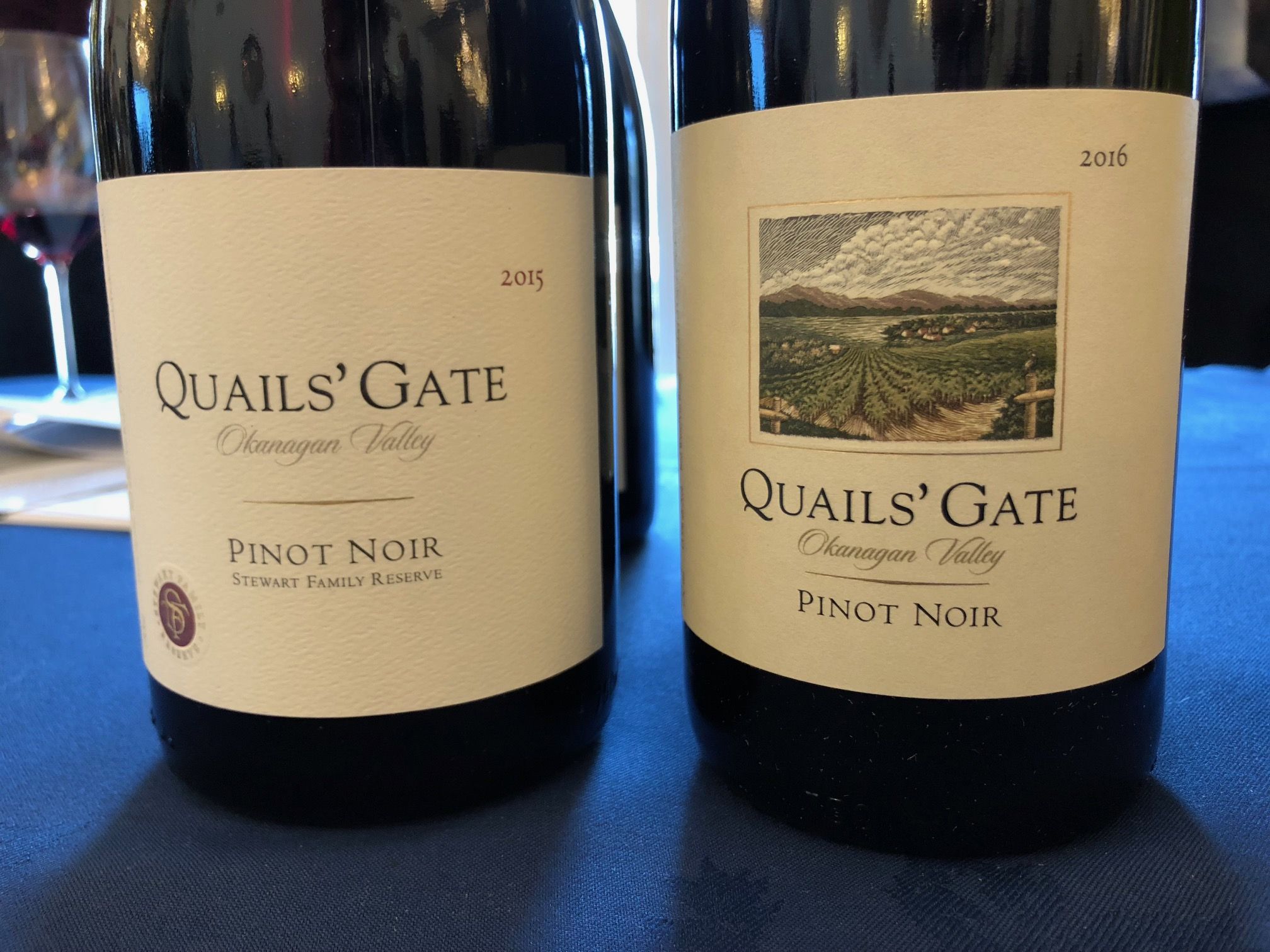The wines made by Cota 45 are classified as Vino de la Tierra de Cadiz, although they open the door to an intriguing period of Spanish winemaking history, and biological ageing in general.
Ask anyone with a little wine knowledge about sherry and they will tell you that it’s a fortified wine made from palomino fino and aged in the solera system. So you could say that my mind was well and truly blown by my meeting with Ramiro Ibáñez Espinar who makes wines that are recognisably sherry but don’t fulfill these criteria.
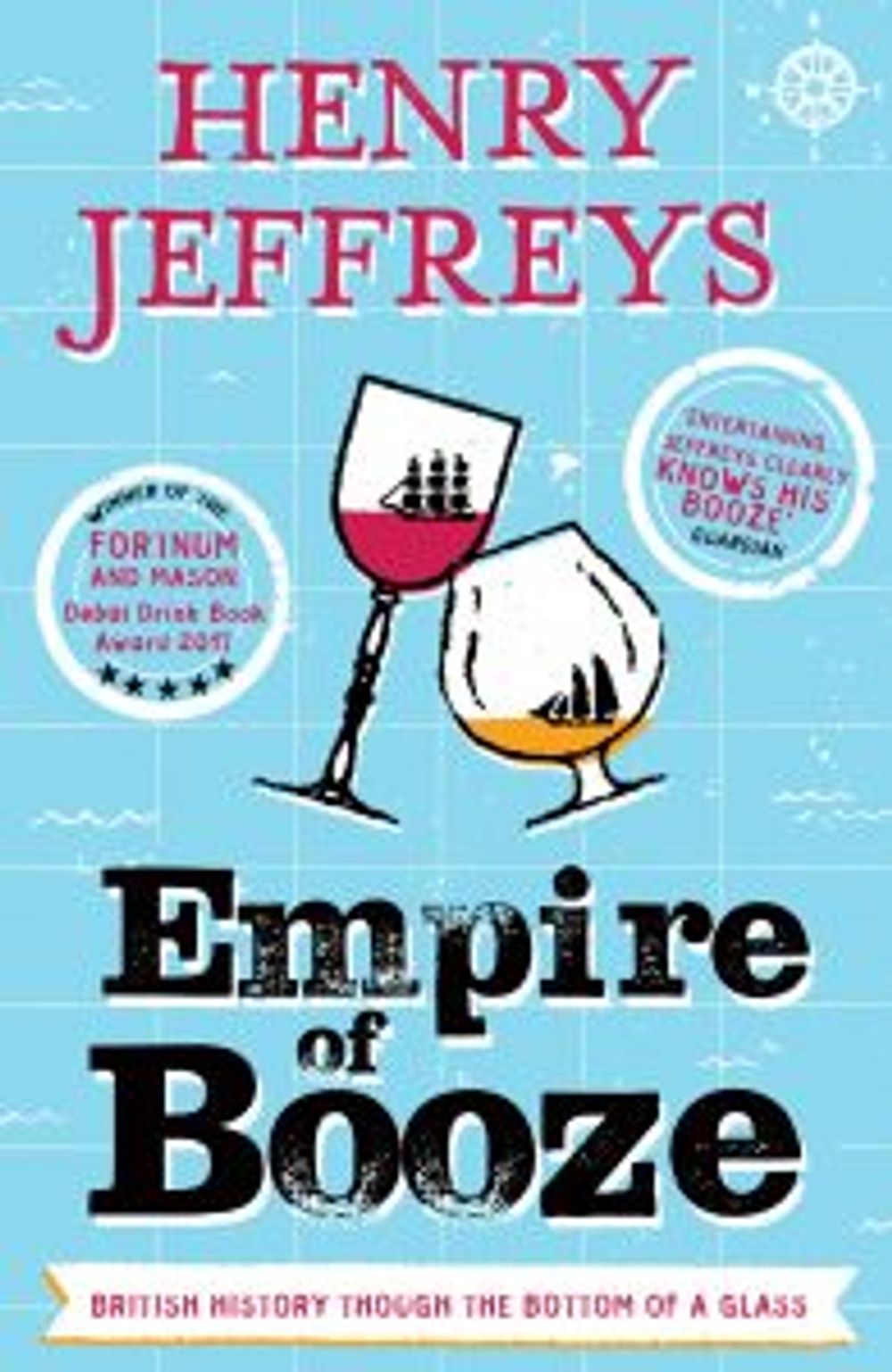
Empire of Booze is released today in paperback, charting the history of British alcoholic innovations
I was with my family in Sanlúcar de Barrameda earlier this month. I always go on holidays near vineyards because I like wine (obviously) but also because my father is a chartered accountant and he reminds me every year that some of my travel expenses are tax deductible if I do the tiniest amount of research. So I arranged to meet with Fermin Hidalgo from the eponymous manzanilla producers but, just to get a bit of perspective, I thought I’d meet one of the town’s smallest bodegas, Cota 45, whose wines I’d tried in a wine bar in Sydenham.
The Cota 45 winery couldn’t have been more of contrast to Hidalgo who have over 7,000 butts of sherry spread over three warehouses. Ibáñez operates it from a former boatbuilder’s cottage on the waterfront in Sanlúcar and has about 10 butts. I met him one morning expecting to try a few wines. Instead he sat me down with his iphone and gave me what can only be described as a lecture complete with old documents, tables and maps. You see Ibáñez isn’t just a winemaker, he’s a historian. He is writing a book on the history of the region with another sherry maverick, Luis Perez of Jerez. This sense of history informs everything he does.
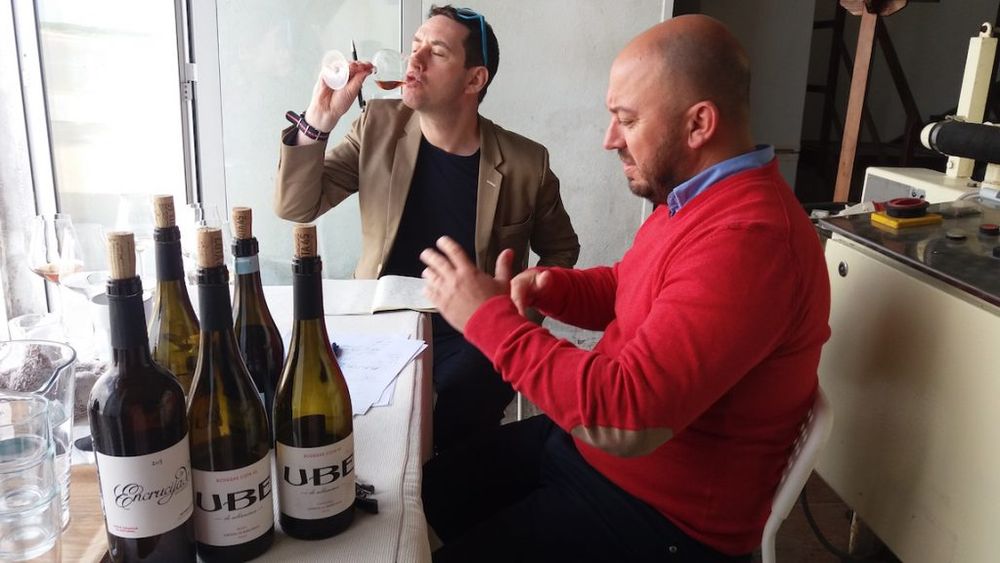
One of these men is on holiday. Can you spot which one? Henry Jeffreys and Ramiro Ibáñez Espinar of Cota 45
I am going to try to distill the lecture into a paragraph or two, and then I’ll tell you about the Cota 45 wines.
Before phylloxera there were 43 grape varieties used in the sherry region. Late-ripening varieties had thicker skins and extract from the skins made the wine less flor-friendly resulting in oxidative wines. Different parts of the sherry triangle grew different grapes resulting in different styles of sherry which we now know as oloroso, fino, amontillado etc. Following phylloxera, everyone planted with palomino, an early ripener that made the flor wines that were fashionable at the beginning of the 20th century. According to Ibáñez, in the 1840s biologically-aged wines made up between 10 and 20% of production, now it’s around 80%.
Oxidative styles used to develop naturally, now they are made by adding alcohol to kill the flor. Furthermore before the 70s, sherry was not routinely fortified, it got its strength from drying the grapes in the sun a practice known as asoleo. In the 1970s when sherry production was industrialised, fortification became part of the recipe for sherry.
Prior to this time many sherry labels were products of particular vineyards. These are now unusual but they do exist like Hidalgo’s superb Pastrana manzanilla pasada. Furthermore the solera system didn’t become routine until the 1850s. Ibáñez showed me evidence that, until the mid-century, Tio Pepe was a vintage wine.
I think I dimly knew some of this, though how recent routine fortification is was a surprise, but to have it explained so clearly and with such intensity was an education. Ibáñez thinks that sherry lost something between the 19th century and the 1970s. The taste of the wine is now, according to Ibáñez, all about flor rather than the grape and the vineyard. Many bodegas don’t own any vineyard (though, again, Hidalgo is unusual in growing enough grapes to fulfil all their needs.)
This is a common complaint not just in sherry – champagne is criticised by people such as Robert Walters in his brilliant book Bursting Bubbles as tasting more of the production process than vineyard. The crucial difference is that whilst champagne typically sells for around £15-25 a bottle, sherry struggles to break £10. A glass of manzanilla in Sanlúcar costs around 1 euro – for a wine aged for 5 years, the same price as a glass of beer.
The unfortified ‘sherry-wines’ from Cota 45 – black and white and Technicolor
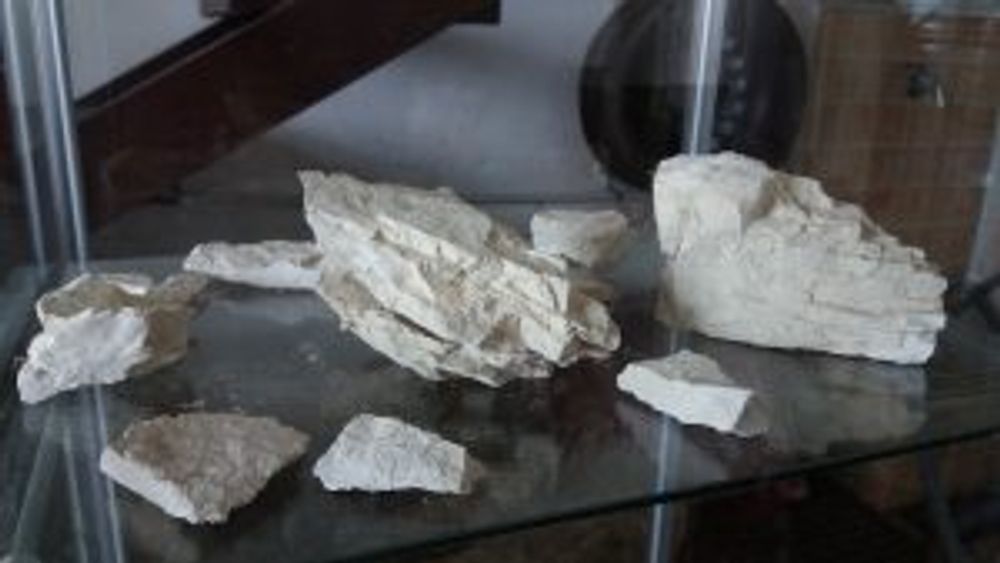
All the wines are made the same way, the main difference is the soils.
Sherry has been in crisis since the 1970s but Ibáñez told me that the region is on the cusp of a new golden age (wouldn’t that be nice?). He makes a selection of vintage wines which don’t have the long ageing required for sherry. They aren’t part of the sherry appellation instead they are Vino de la Tierra de Cadiz but when you taste them they are recognisable as sherry.
He deliberately tries to limit the flor influence in his manzanilla-style wines so that it doesn’t dominate. They are made from old clones of palomino sun-dried, unfortified and aged in traditional sherry butts. They are all made in exactly the same way, the difference is down to the different types of albariza soil in the vineyards.
He’s not the only one making unfortified wines in this style. Hidalgo makes a Las 30 del Cuadrado which is tasty though doesn’t for me hit the heights of their manzanillas, and Barbadillo makes a budget palomino. Ibáñez thinks the future of the region are wines that can be sold soon after the vintage with solera sherry as a premium product. “I love sherry, I love a really old amontillado” he told me. “My wines are black and white like an old Charlie Chaplin film whereas amontillados are Technicolor.”
He is being modest. The most remarkable wine, Encrucijada, you could never call a black and white wine, it’s definitely an all-singing all-dancing MGM spectacular. It’s a blend of 50% perruno, 30% uva rey, and 20% palomino. The first two are late ripeners and, as such, the wine doesn’t develop a flor. It’s what Ibáñez refers to as an old-fashioned palo cortado. The cortado was a mark put on a barrel of sherry when it didn’t develop a flor but was considered of fine quality. Palo cortado was originally a young wine, from a particular vintage, and not made from a single variety.
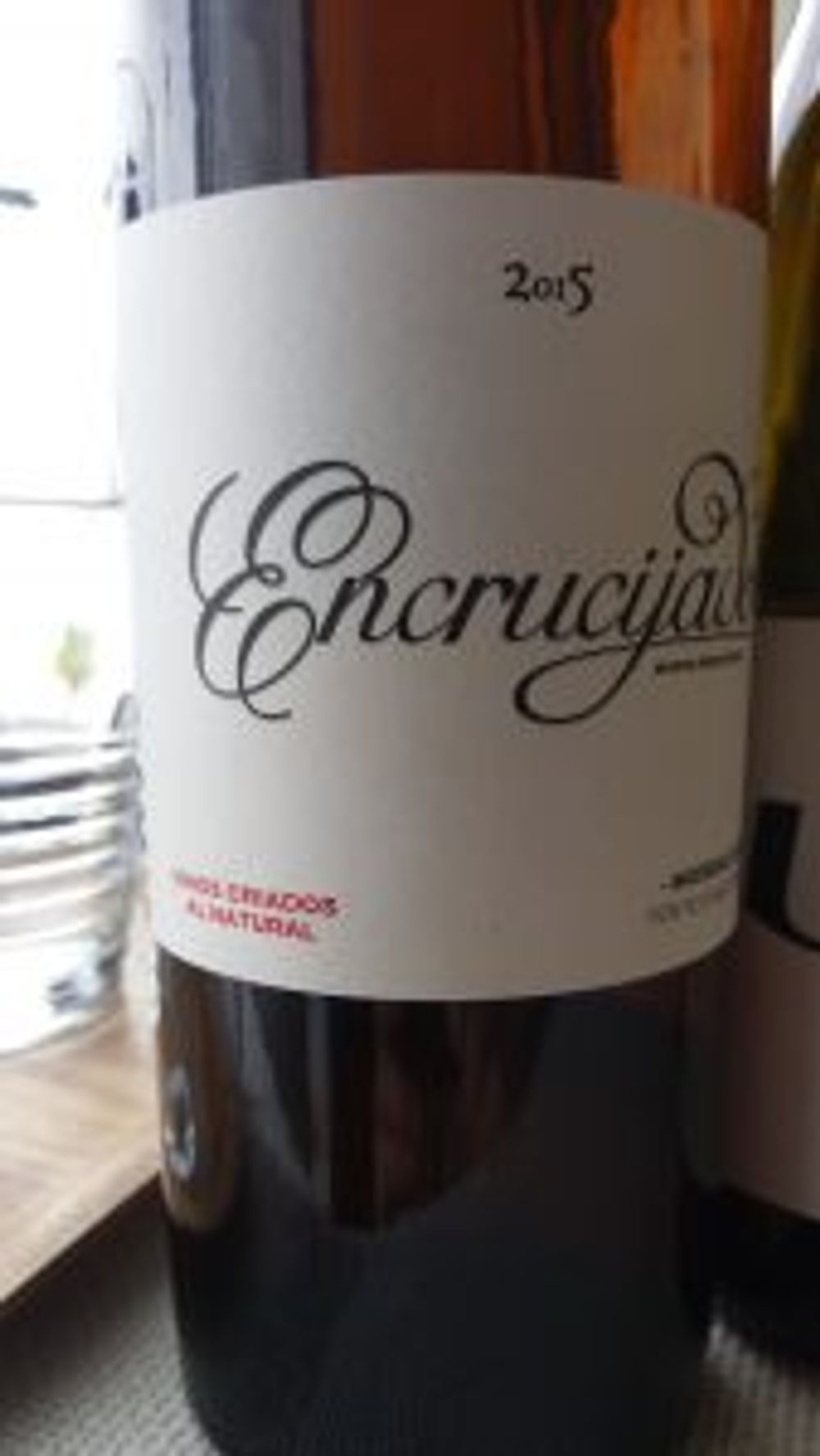
When I told him that this was my favourite and he said he knew it would be. “You have northern tastes. People from the north always like the fuller wines.” Southerners prefer his lighter manzanilla-style wines. Though he told me that people from Sanlúcar are not so keen on his wines. Used to very light, flor-dominated wines, they don’t understand them. Ibáñez is a native of Sanlúcar but he has a different perspective having worked in Bordeaux and Australia.
Word, however, does seem to be spreading. Afterwards whilst Ibáñez took a phone call, I stood on the sea wall to keep an eye out for my family who had gone in search of ice cream. An old man stopped me, pointed at Ibáñez’s little cellar and said “muy buenos vinos.” “Si señor ” I replied in my best schoolboy Spanish “buenisimo”
Cota 45 wines:
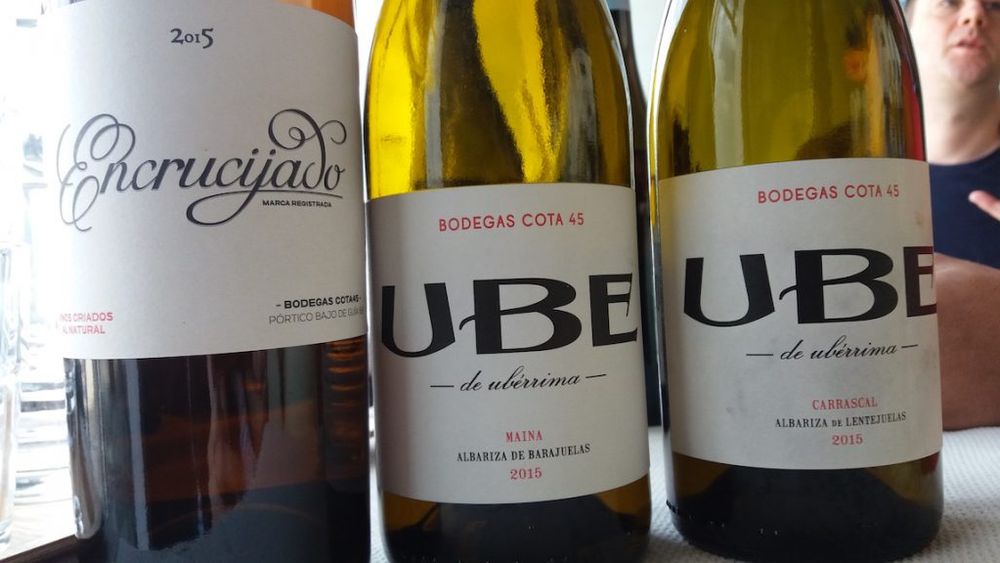
Ube de Ubérrima Maina, 2015
Palomino fino, from grapes grown in barajuela, chalk in layers like playing cards. White gold colour. Yeasty, salty nose, meaty – probably the nearest smell of these wines to traditional fino. Very full texture, almost sweet, yeasty, creamy finish. Lovely, I could just swill this around my mouth all day. One that will appeal to a traditional sherry lover ie me.
Ube de Ubérrima El Carrascal, 2015
From Ramiro’s own vineyard, planted in 1903 with different strains of palomino in lentejuela (grainy) soil. Gold colour. Apples on the nose, also honey and floral. Fresh and salty, so pure and refreshing initially and then fattens out a bit with some earthy and heady floral notes. I think this will get really opulent with time.
Ube de Ubérrima Miraflores, 2016
A blend of soil types. Green gold colour. Brown/ green apples on the nose, then petrol like a riesling. Fresh on the palate, not fruity initially then sweet apple notes, warm spices. On the palate it’s mineral, fresh, pure, feels like it needs time in bottle to open out. Probably the strangest wine for a traditional sherry lover to appreciate.
Encrucijada, 2015
Rich nose, nutty, meaty, some custard-like notes. Creamy and nutty on the palate, textured and delicious. Almonds and yeasty notes on the finish, rich and long. Gorgeous! It’s very palo cortado in style, lots of body like an oloroso but fine like an amontillado.
Pandorga Pedro Ximenez, 2016
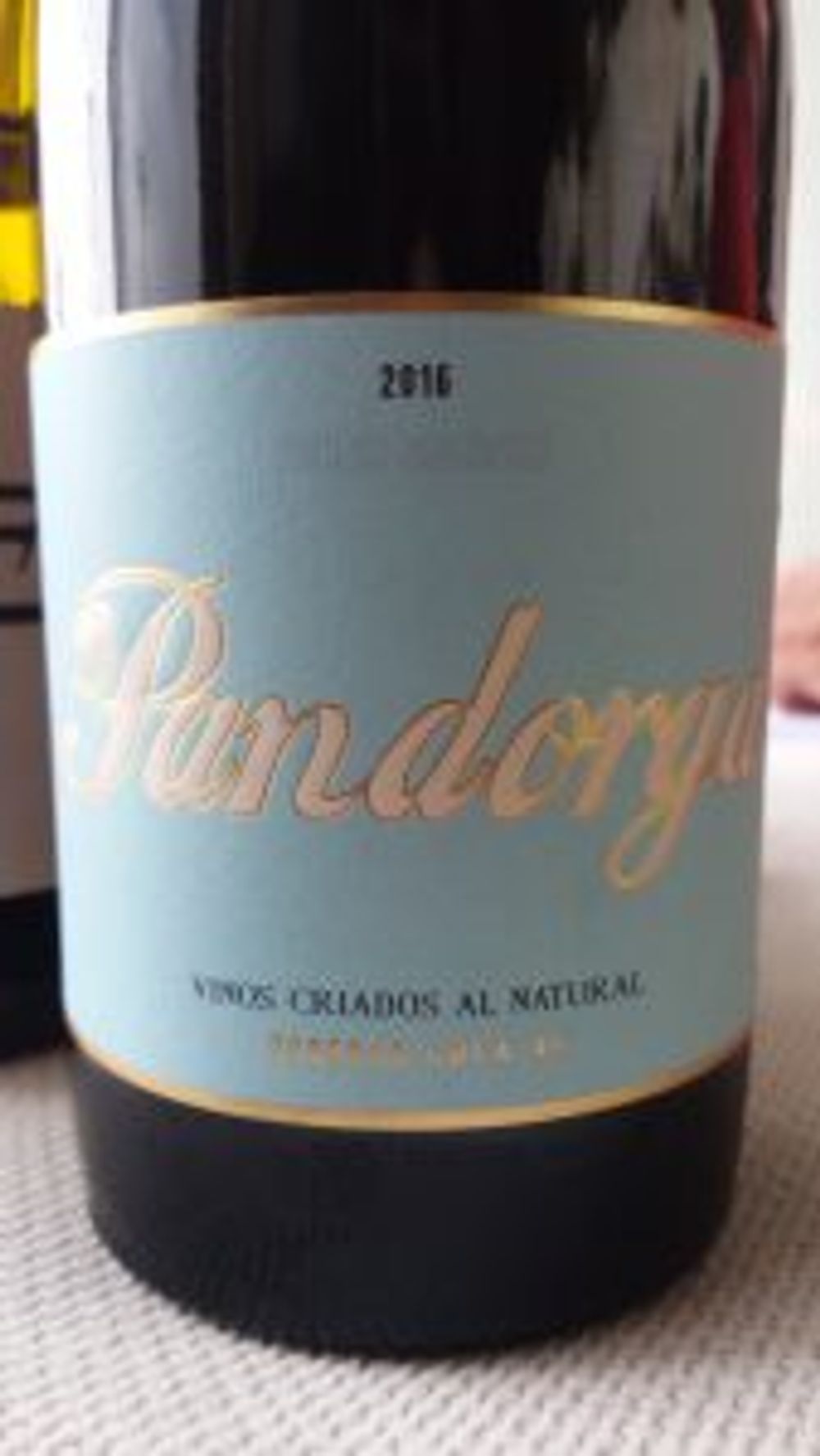
100% pedro ximenez. Something like 290g of residual sugar here and 5% alcohol. The 2015 was even sweeter. Grown in the Carrascal vineyard near Sanlúcar. Deep gold/ copper colour. Beautiful nose, grapey, apricots, marmalade. Very fresh on the palate, oranges, so sweet but incredibly moreish. Very different to engine oil PXs I’m used to. Lovely, this is the full 1950s musical spectacular, Singin’ in the Rain perhaps.









